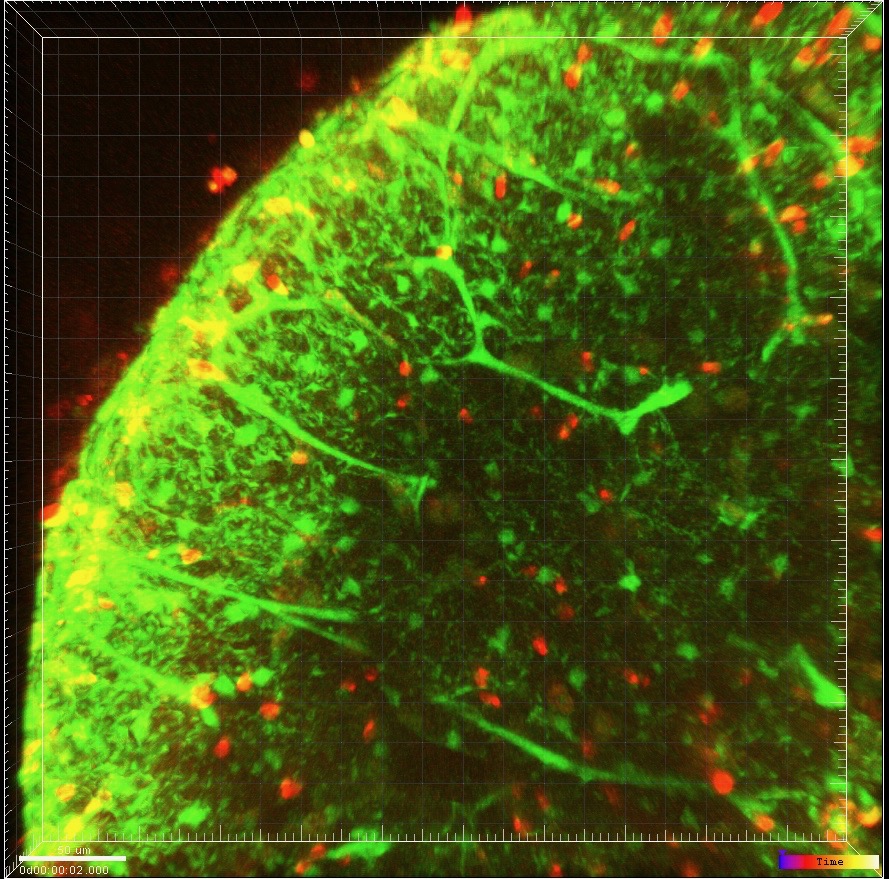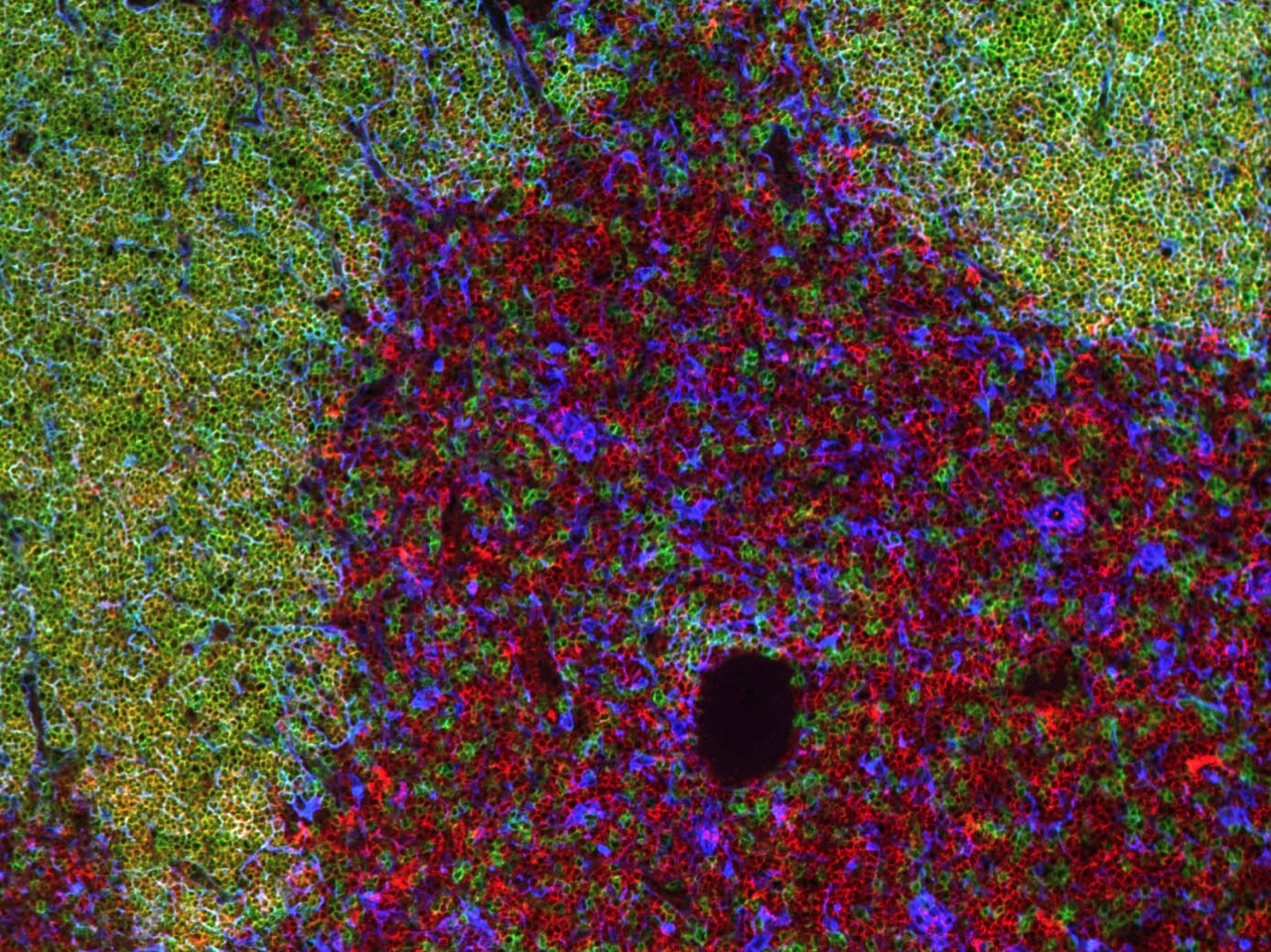The contribution of thymocyte localization and stromal cell interactions to central tolerance
The thymus is comprised of two major regions: the central medulla and outer cortex. Early thymocyte progenitors (ETP) enter the thymus near the cortico-medullary junction. After committing to the T-cell lineage, DN2 cells initiate rearrangement of T cell receptor (TCR) beta chain gene segments and migrate further into the cortex. Successful TCRβ gene rearrangement results in proliferation and differentiation of DN3 and DN4 cells near the thymic capsule. Subsequent expression of CD4 and CD8 co-receptors yields double positive (DP) thymocytes, which are located throughout the cortex. DPs rearrange TCRα chain genes, and only those cells that express a TCRαβ receptor with some reactivity to antigens expressed in the cortex survive, through the process of “positive selection”.
Following positive selection, CD4 or CD8 is down-regulated, yielding CD8+ or CD4+ single positive (SP) thymocytes, which migrate into the medulla, a specialized environment where self-tolerance is enforced. If a SP cell recognizes an auto-antigen in the medulla, it undergoes cell death, known as “negative selection” or is diverted to a regulatory lineage. Together, these processes enforce thymic central tolerance, to avoid T-cell mediated autoimmune responses against healthy tissues throughout the body.
Given that thymocytes localize to distinct regions of the thymus as they differentiated, they likely receive region-specific signals that promote their development. Indeed, thymocytes undergo obligate interactions with heterogeneous thymic cells located in different regions of the thymus, such as dendritic cells (DC), macrophages (MΦ), cortical thymic epithelial cells (cTEC), and medullary thymic epithelial cells (mTEC). These cells deliver signals essential for thymocyte proliferation, differentiation, and/or apoptosis. Reciprocally, developing thymocytes promote differentiation and maintenance of the thymic stromal compartment.
We seek to understand the molecular cues that guide thymocytes throughout the thymus and promote their interactions with the heterogeneous thymic stromal cells that support differentiation and selection of diverse, functional, and non-autoreactive T cells.






